The original question was: I recently had to cover teaching children (Age 10 – 14) physics for an hour and I was wondering if you could think of any physics experiments that require few or cheap materials with interesting results that we could use to springboard onto other topics?
Physicist:
Dry ice is pretty cheap and there are all kinds of uses for it:
-In a pitcher it creates enough cold air and mist that you can literally pour the air onto a table top, and demonstrate how temperature differences give rise to wind.
-You can put it in film canisters (if you can even still find them). As it heats up it expands (technically: “sublimates”) and in a minute or so the canister will fly through the air. Nice pop. Grabs attention. You can use this to talk about the ideal gas law.
-Fill a fish tank or other large glass container with about half an inch of water and put a fist of dry ice in it. It releases enough cold air and CO2 (which is heavier than air) that you can then float stuff on it, like balloons or bubbles. In case you’re wondering, there’s enough thermal noise and air movement to keep the gases in our atmosphere from stratifying (which is why we have a mix of gases including oxygen down here, instead of drowning in argon).
What ever you do, don’t cover the top of the tank. Also, high concentrations of CO2 are a bit corrosive, so don’t go breathing the air in the tank directly. If you must: waft.
The pendulum trick gets people up and moving, and I find that middle school kids are perfectly happy to try it:
-Get something heavy/dangerous like a bowling ball or a can full of rocks/sand and string it to ceiling. Pull it way back, hold it to your nose, and let it go. As it swings away the gravitational potential energy from being elevated (be careful not to say “being high”, 14 year olds never miss that) turns into kinetic energy and back. By conservation of energy it can’t swing any higher than it started, so it will come up to within an inch or so of your face.
To help hold the person’s face in place it helps to have something to put your chin on.
I’ve seen people accidentally lean forward and get slammed. You have to lean back a little to hold the pendulum, so usually it’s best to have someone else hold the pendulum, while the “victim” stands perfectly still. Also, it’s important to avoid the instinct to give it a little push (it was hilarious at the time, but only because nobody was really hurt).
With a couple pulleys and some rope you can have a tug-of-war between completely imbalanced teams. Then you can talk about leverage, force, and work. As in, “work equals force times distance” so even though one team pulled with less force, they covered a greater distance and so did the same amount of work.
If you have some time you can also get some “linear diffraction gratings” for practically nothing. They’re basically very light weight prisms, but work much better, and with them you can talk about atomic spectra. Some things to look at: florescent lights, LEDs, any kind of neon light, street lights, …
I used one to get the right half of the middle picture from this post. In practice the image you see is a lot clearer than that picture implies (Cell phone cameras were not made for this sort of thing).
Also, since they’re essentially just a series of extremely small slits, they work on the same principle as the “double slit experiment”, just with more slits. So for example if you shine a laser though a diffraction grating it will split into several beams because of interference.
If you have access to a merry-go-round you can talk about the coriolis effect, and make some kids throw up (that’s a twofer). If the merry go round has a smooth surface, all the better. If not you can attach a plywood sheet on top of the merry-go-round to make a spinning table.
Have the kids gather around the table, on the merry-go-round (while spinning), and try to roll the marble back and forth. The kids on the merry-go-round will see the marble suddenly swerve to the side as it crosses the table, while all the kids standing around (waiting their turn) will see the marble travel in a (roughly) straight line. The difference between the rotating frame where things swerve, and the stationary frame where they obey the usual physical laws, is ultimately what’s responsible for things like hurricanes.
If you don’t have something to roll a marble across you can just have them throw bean bags, or any other soft thing, back and forth while standing on the merry-go-round. The soft is important because they’ll miss a lot at first. Sometimes I’ll find someone who gets so used to the coriolis forces (and has a strong stomach) that they can throw the bean bag into the air in such a way that it loops and comes back to them. Of course, everyone standing on the sides sees that they’ve just managed to time the throw so that it gets to the far side of the merry-go-round at the same time the person does.
It may help to make this into a game. Being outside makes kids crazy.
There’s a lot you can do with electricity on the cheap, but half of it is dangerous (in the wrong hands), and half of it is almost exclusively found in physics departments. If you can get your hands on a Van der Graaf generator, whoever you borrow it from will have some suggestions. My favorite is throwing packing foam (“ghost poo”) at the generator, or just putting a bowl full of packing foam on top of the generator.

The whole experiment. This image stolen from: http://hubpages.com/hub/Homeschool-Science-Curriculum–Magic-Bending-Water
You can also comb your (clean) hair with a (clean) comb to build up a charge on the comb. Get a stream of water as thin as you can before it breaks up into individual drops, and bring the comb next to it. The water will polarize (the positive side of each molecule will point toward the comb… or the negative side, I forget) and the stream will bend toward the comb.
Pin hole cameras. You can talk about images on the back of the eye being flipped by drawing the set up on a chalkboard and going through which paths the light has to take as in: “traveling in a straight line through the hole, where is the image of this part going to be?”. Or, if you can adjust how wide the aperture is, you can show how squinting works.
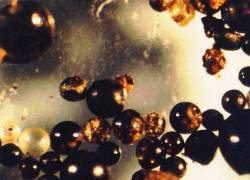
Micrometeorites are about the size of individual grains of fine sand, but they fell from space, so it still counts.
If you have access to a lot of microscopes and magnets, you can find micro-meteorites.
1) Cover a strong magnet with a plastic bag or saran wrap.
2) Find some open dirt and wave the magnet just barely above the ground so that (if you listen closely) you’ll hear a clicking as tiny particles fly into the magnet.
3) After a while, take off the plastic and put the dirt on a slide.
4) Under a microscope (with the help of a tooth pick) you can find and isolate tiny iron spheres. These are the micro-meteorites.
When a meteor (big or small) is burning up in the atmosphere, if it’s metallic, it will shed tiny pieces of molten metal. These rain down evenly over the entire planet, and are common enough that in any pinch of dust you can usually find one or two.
They appear as unusually round metal balls, and are surprisingly small. So try this yourself before making kids do it (a little practice goes a long way).
Safety notes: As for dry ice; don’t put the dry ice in anything more secure (or that could potentially be more secure) than a film canister. Ever, ever, ever, holy crap, ever. Depending on the container, the explosion can do a surprising amount of damage. Also, if any kid gets a hold of dry ice and does something like put it in their mouth, the best thing you can do is slap it right out of their face.
Alternatively, let them keep it. None of the other kids will want to try it afterward.
As for Van der Graaf generators: home made generators can be more dangerous than store bought generators, because most companies have acute liticaphobia. As a general rule, keep old people and anyone with a heart condition away from high voltage. Unless it’s huge, a Van der Graaf generator won’t kill you, but it will hurt like a sonofabitch. Getting tagged by one is the sort of experience that really sticks with you. Keep a physicist or electrical engineer on hand.
Disclaimer: All of the above suggestions are believed to be safe, but perform them at your own risk. Safety precautions are advised!

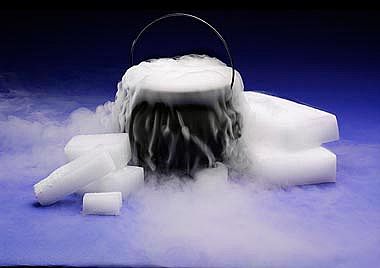


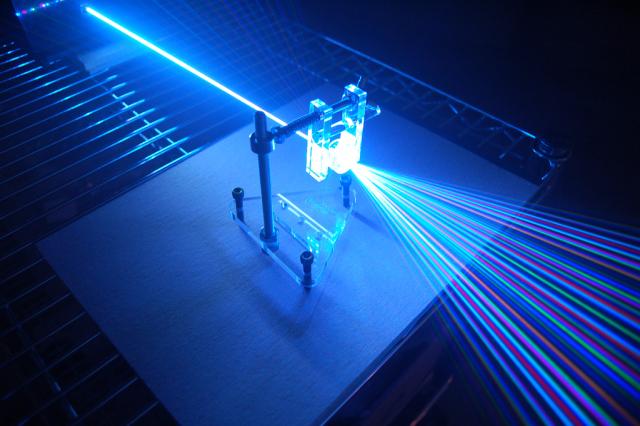
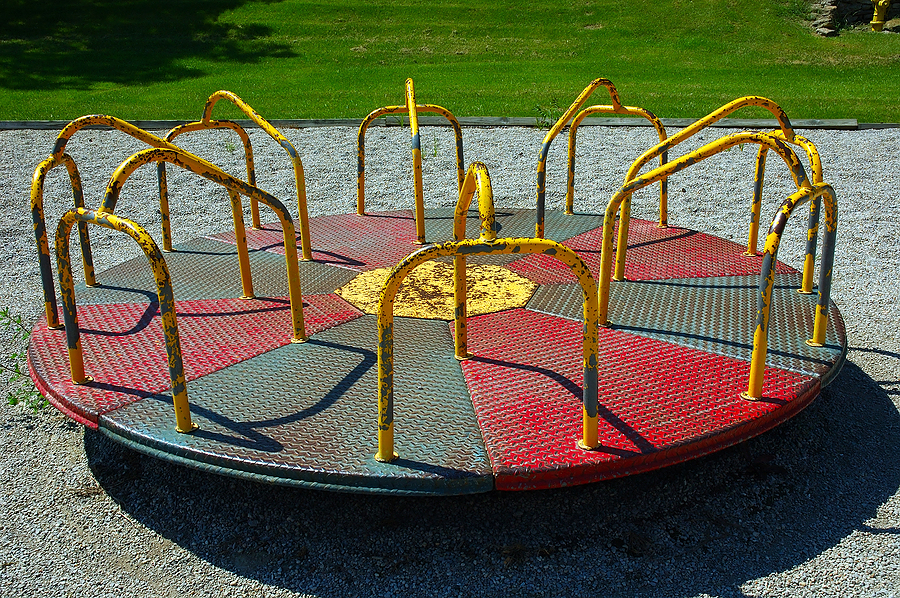

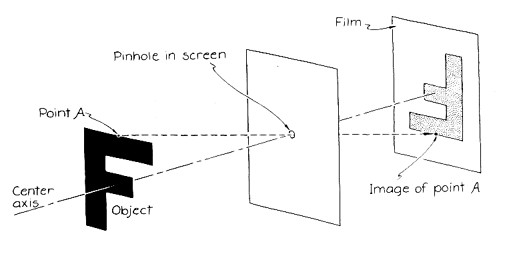






These are great for explaining electricity/circuits:
http://www.ted.com/talks/annmarie_thomas_squishy_circuits.html
Her bio has links to her site with detailed instructions.
I don’t know where you got it from but a merry go round is not called “das pükmacher” in german. Such a word doesn’t exist.
My bad.
Das ralfinspew?
wow this helps me with my demo but were can u buy dry ice at?
ohh and HAPPY HALLOWEEN xD
Depends on where you are. A lot of gas and chemical companies sell it. You just have to look!
Pingback: Q: Do you need faith to believe in science? | Ask a Mathematician / Ask a Physicist
You forgot one for the merry-go-around. The kids need to start running next to it to speed it up and than ones they are on the thing, move towards the middle, it will start speeding up a lot. Sick kids, angular momentum for the win!
Example: http://www.youtube.com/watch?v=sy5NY-Dqdys&t=5m40s